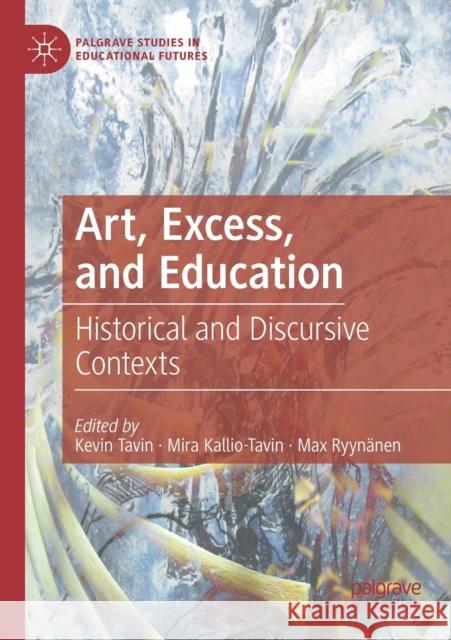Art, Excess, and Education: Historical and Discursive Contexts » książka
topmenu
Art, Excess, and Education: Historical and Discursive Contexts
ISBN-13: 9783030218300 / Angielski / Miękka / 2020 / 207 str.
Art, Excess, and Education: Historical and Discursive Contexts
ISBN-13: 9783030218300 / Angielski / Miękka / 2020 / 207 str.
cena 342,95
(netto: 326,62 VAT: 5%)
Najniższa cena z 30 dni: 327,68
(netto: 326,62 VAT: 5%)
Najniższa cena z 30 dni: 327,68
Termin realizacji zamówienia:
ok. 22 dni roboczych
Bez gwarancji dostawy przed świętami
ok. 22 dni roboczych
Bez gwarancji dostawy przed świętami
Darmowa dostawa!
Kategorie:
Kategorie BISAC:
Wydawca:
Palgrave MacMillan
Seria wydawnicza:
Język:
Angielski
ISBN-13:
9783030218300
Rok wydania:
2020
Wydanie:
2019
Numer serii:
000820343
Ilość stron:
207
Waga:
0.27 kg
Wymiary:
21.01 x 14.81 x 1.17
Oprawa:
Miękka
Wolumenów:
01
Dodatkowe informacje:
Wydanie ilustrowane











